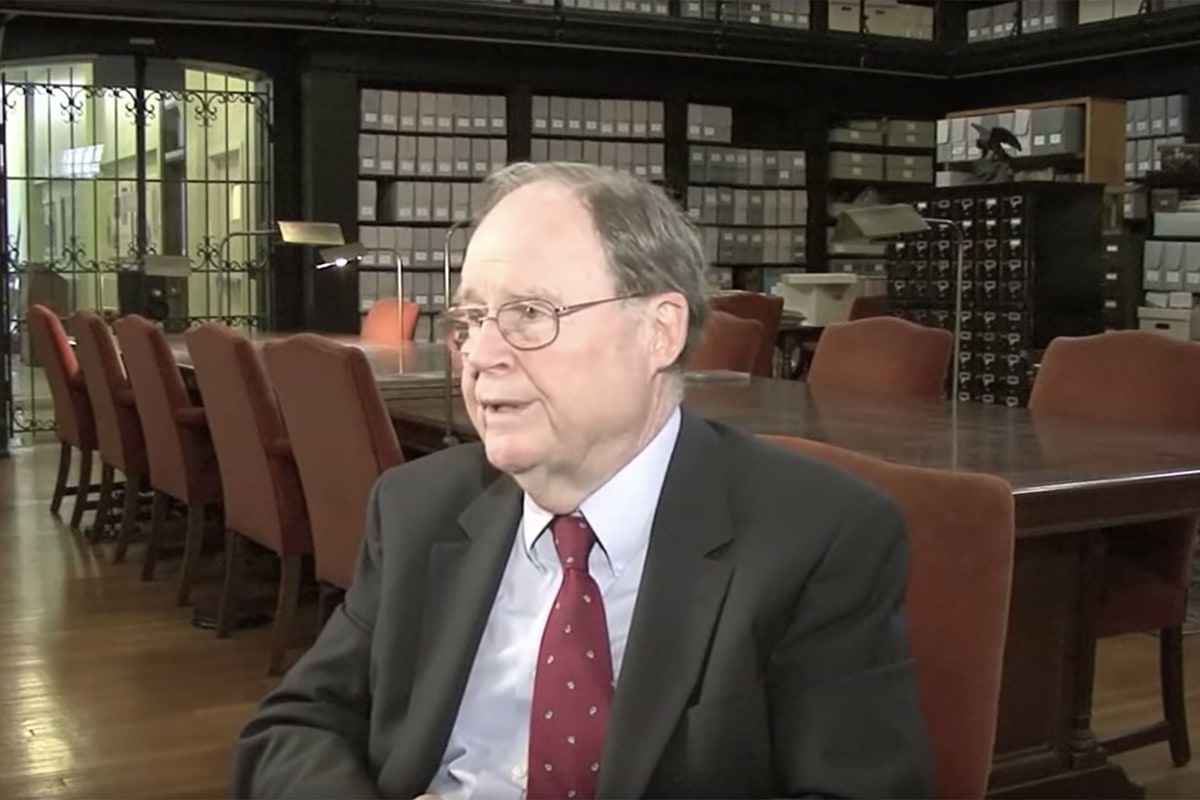Videos
Fieldwork & Research Projects
Mediterranean
Discovering the Sea of Galilee Boat & Speaking Virtual Greek
Two Texas A&M nautical archeologists preserve and reconstruct the remains of a boat discovery off the Sea of Galilee into a depiction of a sailing vessel that would have existed during the time of Jesus Christ.
Two professors at Texas A&M give their students a unique virtual study abroad experience in Greece without even leaving town.
Eight Byzantine Shipwrecks from the Lost Harbor of Theodosius
The Yenikapı site, located in the Istanbul neighborhood of the same name, witnessed one of the world’s largest archaeological digs between 2004 and 2013. During the construction of a new subterranean rail line linking Europe and Asia, hundreds of laborers and archaeologists of the Istanbul Archaeological Museums exposed remains of over 8,000 years of the city’s history, ranging from Neolithic dwelling foundations and burials to Ottoman cisterns and workshops.
Kyrenia Shipwreck Project
For more than two millennia the wood fragments of the Kyrenia shipwreck remained on the sea floor, eaten by worms and soaking up seawater until they had the consistency of wet cardboard. There were some 6,000 pieces in all, and Richard “Dick” Steffy’s job was to put them all back together in their original shape like some massive, ancient jigsaw puzzle.
Lost Ships: A Quest
Watch as INA discovers wrecks using the Millawanda and Carolyn.
The Pabuç Burnu Shipwreck
The Pabuç Burnu shipwreck offers a window into the economic and technological practices of the East Greek world before the Persian conquests of 546 B.C. and the unified resistance that led to the Ionian revolt a half-century later.
With Captain Sailors Three
This film was produced by the Cyprus Broadcasting Corporation and the National Geographic Society, 1978.
The Roman Column Wreck at Kizilburun, Turkey – 2005 Season
Since 2005, an international team of archaeologists, INA staff members, and graduate students from the Nautical Archaeology Program at Texas A&M University have been pursuing the excavation of a Roman stone carrier wrecked off the Aegean coast of Turkey southwest of Izmir at Kızılburun (“Crimson Cape”).
Discover INA
Meet INA Founder George Bass
How did the field of nautical archaeology get started? Learn as you hear from George Bass, INA’s founder, on how it all began.
Nautical Archaeology – Beginnings
The birth of Underwater Archaeology, 1960-1962, shows the pioneers of nautical archaeology as they develop methods of excavating ancient shipwrecks on the seabed. Among them are George F. Bass, Claude Duthuit, Frederick van Doorninck, Susan Womer Katzev, Ann Bass, and David Owen, who later founded the Institute of Nautical Archaeology (INA), which now excavates around the world.
Penn Museum Oral Histories: George Fletcher Bass
Interview produced in 2010 copyright Penn Museum Oral Histories. In this short video, edited as a supplement to the Fall (2014) issue of Expedition magazine, Vol. 56, No. 2, (INA Founder) George F. Bass discusses the origins of underwater archaeology at the Penn Museum. Bass recounts his first diving experiences off the coast of Cape Gelidonya in Turkey and the early days of nautical archaeology in the 1960s.
Kısmetli Bodrum – Serendipitous Bodrum
Directed by Cenk Baysan, this film includes underwater photography and footage shot by INA’s Don Frey and features interviews with Don and Sanne Frey and Tufan Turanlı as well as recollections of INA’s early history, field seasons and footage of INA’s Bodrum Research Center, the Bodrum Museum and discussion of the Uluburun and Glass wrecks & displays.
George Bass & the Asherah
This short edited film features original footage from 1964, when George Bass and his team worked to locate shipwrecks off the Turkish coast, at which time nautical archaeology was in its infancy.
The edit is by Penn Museum Film Archivist Kate Pourshariati
All rights are reserved by Penn Museum
New World
Waitt Expedition: The Rio Chagres
The Chagres was the most significant river in the Americas as a major route for Spanish trade from the 16th through the 18th centuries.
Sea Hunters discuss Julius Kroel’s Explorer
“As the water continues to recede, the unmistakeable form of a submarine emerges, dripping wet, stained red and orange with corrosion.”
– James Delgado
Evelyn, Forgotten Gold Rush Steamboat: A Digital Preservation
The first-ever in situ digital survey of a major vessel using LIDAR technology was completed on a remote sub-arctic island in northern Canada.
A.J. Goddard
Images of the A.J. Goddard, a famous sternwheeler “ghost shipwreck” from the Klondike Gold Rush, are the first 3D views of the frontier-era steamer that disappeared in a winter storm in October 1901. Only two members of the five-man crew survived. The location of the A.J. Goddard remained a mystery for 107 years until it was discovered in 2008 by INA at the edge of Lake Laberge, in the subarctic wilderness of Canada’s Yukon.
Asia
A Dive In The Life: Godavaya Excavation 2014
Created during the 2014 excavation season of the Godavaya Shipwreck Project, “A Dive in the Life” highlights the recent archaeological fieldwork of an ancient shipwreck in the Indian Ocean. The video follows the excavation team from the early hours of a typical morning to their descent to the site, showcasing some of the most fascinating finds and capturing the heartbeat of the archaeological work done on this project.
Virazon II
Time Lapse of the Hull Construction of Virazon II
ARV Virazon II is 24.95 m long, 8.10 m in beam, and built from 70 tons of steel. She is equipped with a Nitrox blender, 1-ton winch, and 5-ton A-frame for lifting INA’s two-person submersible, Carolyn. The ship is also home to a recompression chamber, high and low-pressure compressors, and can accommodate a full complement of 19 people.
Virazon II Engine and GenSet Loading
Watch the construction of Virazon II continue and see the installation of the engine!
Virazon II Launch
Watch the launch of INA’s newest research vessel: Virazon II





















